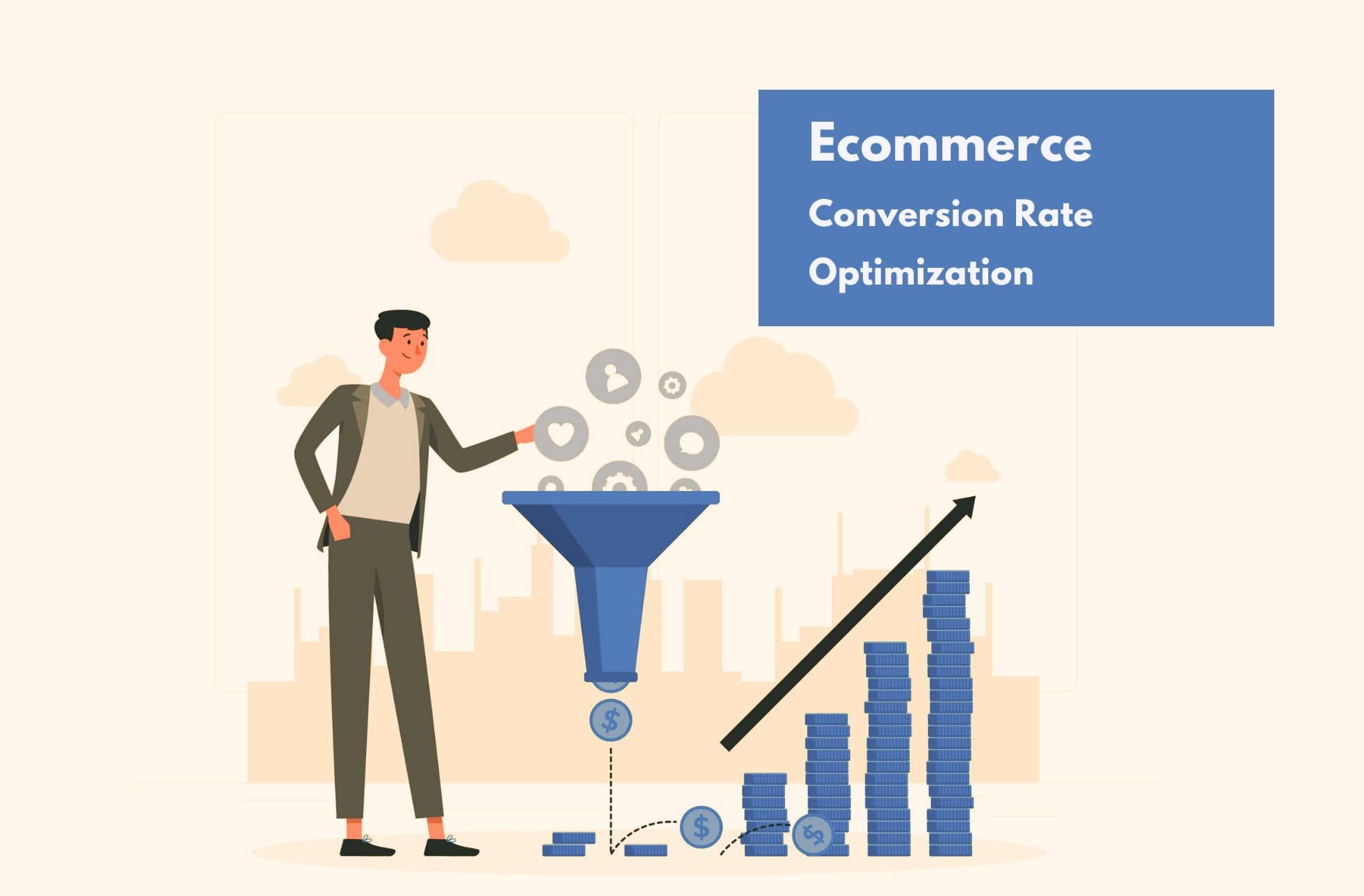In the last few years, Brazilian consumers have embraced online stores and e-commerce merchants. They trust on buying online and love to search, compare prices and products for the most different type of categories in online stores.
In this article I will drive you into the head of an online consumer in Brazil, by answering the following questions:
● What are consumers from Brazil searching for?
● Which type of products do they want?
● What are the most successful e-commerce websites in Brazil?
● How Brazilian online consumers buy online?
● How do they search?
● Where to find them online?
● What are the best times of the year to sell to Brazil?
And I will finish with 6 key-strategies that you can begin using right now. This aims at starting or increasing your sales to more than 120 million internet users in Brazil. Let’s begin with the type of products consumers like to buy online:
Categories of Products Most Wanted by Brazilian Shoppers on e-commerce Merchants’ websites
People in Brazil like to buy everything online, from t-shirts to big home appliances. In the last decade, the largest retail companies in the country opened their online stores. Massive advertising campaigns on TV and the internet followed. This helped to popularize online purchases of the most diverse types of products. Customers are always looking for reliable stores that offer good prices, and these large brands have helped building the perception of security in buying online.
Data from WebShoppers, an annual report conducted by Ebit about online shopping behavior in Brazil, shows that clothing, accessories, health, cosmetics, electronics and furniture were the product categories customers ordered the most in 2017.
We can also come to this conclusion by analyzing the most visited e-commerce merchants in the country. Websites like Americanas, Casas Bahia, Magazine Luiza, Submarino, NetShoes, and Extra, dominate the SimilarWeb rankings for the most visited online shops in April 2018 in Brazil. All these stores sell a huge variety of products. From refrigerators to perfumes, and, of course: they all invest a lot of money in TV and internet advertisement.
C2C and International e-commerce
As you can see on the rank of 15 most visited online shops in Brazil, some websites such as Mercado Livre and OLX are not only, but widely used in a C2C way. In most cases people use these websites to sell and trade used products with other people.
International websites are other type of websites that are among the top 15 rank. e-commerce merchants like AliExpress, Amazon and GearBest do not have the same advertise investment in Brazil as the other brands mentioned before. But, Brazil shoppers like to buy things online. When they cannot find what they want on Brazilian websites or when they find the same product with a better price on an international website, they will certainly choose based upon price or the availability of the specific product.
Buyer’s Journey on e-commerce Merchants to Shop Online in Brazil
As I said, Brazil customers like to look for the best prices, especially when it comes to purchases with a higher average ticket. You may say: “Okay Ronaldo, but everyone looks for the best price…”. Indeed, but that has deeply changed how Brazilians and customers in general buy online. It affects how they define which product they will purchase, where they will buy and how they will pay.
So, if you are thinking about selling or if you already sell to Brazil and are struggling to grow your sales in the country, it is important to understand how online buyers use the internet to decide what, when and how they will buy.
There is avery interesting tool from Google in partnership with Kantar. Indeed, Consumer Barometer shows some really good researched data about the purchase journey of Brazilians when buying online:
Decision-Making Process of an Online Purchase in Brazil
1. Compare products, prices and features;
2. Discover relevant brands and e-commerce merchants;
3. Look for opinions and reviews from other buyers;
4. Search for ideas of products to buy;
5. Check availability of the product;
6. Watch videos about the products.

Always take into account that the decision-making process for any purchase varies. It can impact the consumers’ journey all the way until the purchase is made. If your brand or website can help people through all journey stages, chances of these consumers trusting and buying from your store are greater.
Main Online Channels to Reach Online Buyers
In Brazil, it is not so different from other countries to reach people online. Indeed, Search Engines, Social Networking and Email Marketing are the main channels to create a good marketing strategy.
Search Engines
These are widely used by online buyers in all stages of the purchase journey. Of course, Google dominates the market: 96% of internet users in Brazil use Google at least once a month.
If you plan to use Google AdWords to advertise in Brazil, Google Keyword Planner is a good tool to find the best keywords. Plus, e-commerce merchants can make a plan to understand the average cost per click for their niche. For example, I have put up a quick plan around the keywords “cell phones” and “smartphones”, see the results:

But, if you don’t want to spend money with ads, you need to launch an SEO strategy and invest in good content to index and rank your website on Google in an organic way. Brazilian consumers use search engines to find What, Where and How to buy.
Examples of popular keywords typed on Google to buy a smartphone:
1. Best cheap smartphones

2. Moto G5 prices

3. Reviews Moto…

4. Where to buy cell phone with installments

Social Networks
To reach consumers in Brazil, there are about one or two social platforms you can use: Facebook and Instagram. And, since Instagram belongs to Facebook, the results will be similar. Yes, there are other platforms available for e-commerce merchants, such as Twitter, Pinterest and LinkedIn, but, while Facebook and Instagram have a penetration of 70% among internet users, Twitter and Pinterest have a combined penetration of only 9%. So, if you are starting, my advice is to think about strategies for Facebook and Instagram.
e-commerce brands use Instagram and Facebook for two main strategies:
- Generate desire for a product: Indeed, by using the power of data segmentation on Facebook, you can basically reach consumers that are searching or that are more likely to buy your product. The cost to advertise on Facebook in Brazil is still very low: in some cases, you can pay $0.01 dollar per click. Yes: with only $100 dollars, you can get 10K visits for your website.
- Re-target people that already visited their websites: Once they have attracted people to their websites, via search engines, social networks or any other channel, they can target consumers who have not bought yet from their website. It can be done on Facebook and Instagram. Thus, they can display offers and discounts to these consumers, increasing their sales.
Email Marketing (GDPR Has Not Yet Arrived in Brazil)
One of the cheapest and most efficient strategy to grow sales on e-commerce is email marketing. Brands in Brazil know that and use email marketing a lot, and consumers are likely to receive emails during the purchase journey. Naturally, online buyers appreciate discounts, like everyone else. And the most successful online e-commerce merchants in Brazil take advantage of that.
Imagine a consumer that is looking for a new laptop. Now that we know that people in Brazil search for prices and relevant brands, a good way to reach the ones who are ready to buy laptops is using this in an email marketing campaign, like the following example:

This email catches the attention of consumers who are in the last stage of the purchase journey, with a good offer, a well-known laptop brand, free shipping proposal and a payment plan which people love in Brazil: pay with installments for a higher average ticket product.
Mobile Usage in Brazil
It is important to have in mind that Brazilian online buyers use mobile phones during their purchase journey. Some researches show that approximately 50 million people in Brazil access the internet ONLY via smartphones, without desktops.
If you go back to the images “Top e-commerce websites in Brazil, in 2018” and “Most used social networks in Brazil, in 2018”, and pay special attention to the column “Desktop vs. Mobile” of both of them, you will notice that the access rate via mobile devices is higher than via desktop. If the Casas Bahia website, which has 64% of visitors via mobile, did not have a well-designed interface for mobile devices, it would probably not have all the access that it has. The revenue of the company is linked to the quality and performance of the mobile version of its website.
Periods of The Year That E-commerce Merchants Need to Know When Selling to Brazil
Before start talking about special periods of the year for the Brazilian e-commerce market, since your business is based outside of Brazil, take into account that the average delivery time for overseas shipping is a little bit longer.
So, with this in mind let’s see what are the best periods to sell online to Brazil.
Q1 – Between January and March
Many Brazilians expect to shop after Christmas to enjoy promotional offers, with 30/40/50% discounts in many stores across Brazil.
Back-to-School Season: Around mid-February to March, Brazil has the back-to-school season. Many parents, students and teachers start preparing for it at least one month before. e-commerce merchants offering special back-to-school discounts, and fast/free shipping during this period can have a significant increase in their sales to Brazil.
24-Hour Sale on March 8: Large online retailers in Brazil organize a 24-hour sale for International Women’s Day. We recommend that you mimic local online retailers, by offering discounts as well.
March 15 – The Consumer is King: On this day, the consumer reigns and consumption is celebrated as a way to value a strong economy. The date is marked by huge discounts of up to 80%. Consumer’s Day is synonymous of good deals and great discounts.
Q2 – Between April and June
During the first quarter of the year, Brazilian citizens have to pay their taxes, so sales start to recover in April. Use April smartly, to start promoting your products for Mother’s Day.
Brazilian Free Shipping Day: At least 70% of customers consider high shipping costs as the main reason not to purchase from an online store, national or international. In 2018, Dia do Frete Grátis, the Brazilian Free Shipping Day took place on the week of April 23rd. This is a great opportunity to engage your customers.
Mother’s Day: 90% of Brazilians buy gifts on Mother’s Day, spending around $130 or $140 dollars. In Brazil, Mother’s Day is celebrated on the second Sunday of May. To make the most out of this date, e-commerce merchants should start Mother Day’s sales in the beginning of April or even earlier.
June 12 – Valentine’s Day: Forget February 14! In Brazil people celebrate love on June 12. The top selling products on Valentine’s Day in the country are smartphones, books, perfume, sneakers and wristwatches.
Q3 – Between July and September
In 2017, Father’s Day sales were equivalent to Mother’s Day sales in Brazil, which is usually the second largest sale date after Christmas holidays.
In Brazil July is a quiet month: schools and universities take a two-week vacation starting in the middle of the month.
Father’s Day: In Brazil, it always takes place on the second Sunday of August. This is why is good to start Father’s Day promotions on the last week of June or the first week of July. The top selling products on Father’s Day are smartphones, books, wines, sneakers, and shoes.
Q4 – Between October and December
The most important holidays of the year are just around the corner.
October 12 – Children’s Day: children are expecting a gift on their day! Brazilian families start their Children’s Day shopping season around September 28. We recommend e-commerce merchants to start early in September and to offer free shipping or fast delivery.
Black Friday & Cyber Monday: Brazilians have embraced these dates. In 2016 Black Friday sales totaled $500 million dollars in Brazil, and the average ticket was $170 dollars, a 20% growth from the previous edition. Cyber Monday had a $150 million dollars sales in that year and the average ticket was $170 dollars, a 94% growth from the previous year’s edition. Offer fast delivery on top of the standard delivery option: the thought of Christmas gifts not arriving on time is a source of great distress for consumers that want to enjoy Black Friday and Cyber Monday to buy for Christmas holidays.
Christmas: Last year’s Christmas online purchases surpassed all expectations in Brazil. E-sales grew 13% with an average ticket of $120 dollars. The top selling products on Christmas in Brazil are household appliances, fashion & accessories, mobile phones, books, health products, makeup, perfumery, and personal care.
If you want more details and further information on how to increase your online sales to Brazil, see the complete guide on holidays and important dates for e-commerce in Brazil.
Key Strategies to Enter the Brazilian Online Market
1. Location, Not Just Translation
Most of international e-commerce merchants only translate their websites and checkout pages to reach audiences overseas. This is not wrong, but to achieve conversion rates in Brazil that will fill your pockets with money, you need not only to translate your website to Portuguese, but also to adapt the checkout and payment page to the reality of your customer. Let’s see some examples:
● In Brazil, the personal identification number is called “CPF” (for Cadastro de Pessoa Física in Portuguese), and not Social Security Number or just ID;
● The zip code in Brazil has eight digits and is called “CEP” (for Código de Endereçamento Postal in Portuguese), and not Zipcode;
● Streets are not displayed in numbers, but in names.
These examples are just a sample of words and terminologies that require a location notion, and not only translation.
The dollar exchange rate fluctuates a lot, so showing the price of your product in the local currency, provides a best user experience and makes the consumer feel safe about buying.
2. Solid Online Marketing Campaign
Having the right product is not the key for a go-to market strategy, even when this strategy is to enter in a new country. Offering your product, in the right channel, at the right time and for the consumers that are searching for it, is the key.
Use the tips given here, about the main online channels in Brazil and the most important periods of the year in the country, to reach online consumers and you will achieve good results.
3. Customer Support
As I showed in the beginning of the article, Brazilians like to search for reviews and features of products before purchasing. Offering a customer support to your customer in their language will help you to create a reliable brand and, of course, sell more.
And it is more than just speaking their language. It is about knowing how to solve each of the problems that consumers may have, from the size of a t-shirt in other countries to questions about payment methods or shipping time.
4. Shipping
Shipping physical products to Brazil can be a challenge for most companies. If your warehouse is in China, for example, it may take up to 30 days for the package to arrive in Brazil. And in some cases, Brazilian Custom conducts evaluations for some categories of products that are entering the country, which can increase the waiting time for the product to arrive to the customer’s hands. In some cases, the waiting can take as long as 90 days.
Customers are used to wait long periods to receive the purchases when they buy from international websites. But it is very important that you inform your customer about shipping time at the moment of the purchase. If your product takes an average of 40 days to be delivered, please let your customers know about it on your shopping cart or checkout page. This prevents you and other e-commerce merchants from having problems in the customer support department, and mainly reduces the number of refund requests and chargebacks, from those who purchased using a credit card.
5. Payment Methods
One of the most recurring problems on international e-commerce websites that start selling to Brazil is that they only accept payments via credit cards, more specifically, international credit cards (that can process foreign currencies). In Brazil, most people do not own an international credit card – in fact, only around 19% of the entire banked Brazilian population have a credit card enabled to process in foreign currencies.
Most used payment methods in Brazil to complete a purchase online:
1. 47% – Local/domestic credit cards with installments plans enabled;
2. 29% – Boleto Bancário, a cash voucher widely used to pay taxes and, of course, to buy online;
3. 19% – International credit cards;
4. 5% – Online banking and other alternative payment methods.
Read more about why digital payments are so different in Brazil and understand how to use this in your strategy to differentiate from your competitors.
6. Optimize Your Money Flow
Selling cross-border with local payments is just the first part of the money journey. In addition to selling in the local currency, you will need to receive your money where your company is based at.
This is the hardest part of the entire cross-border transaction flow, and only local payment processors that are specialized in cross-border payments are able to collect the money in local currency, like Real (BRL) in Brazil, convert it to U.S. dollars and transfer it to the website’s bank account in another country.
Payment processors that are not specialized in cross-border payments cannot complete transactions efficiently and swiftly.
Now that you already know a little bit about Brazil online shoppers, please leave your comment below with questions or additional information about the subject of e-commerce merchants and let’s chat.








